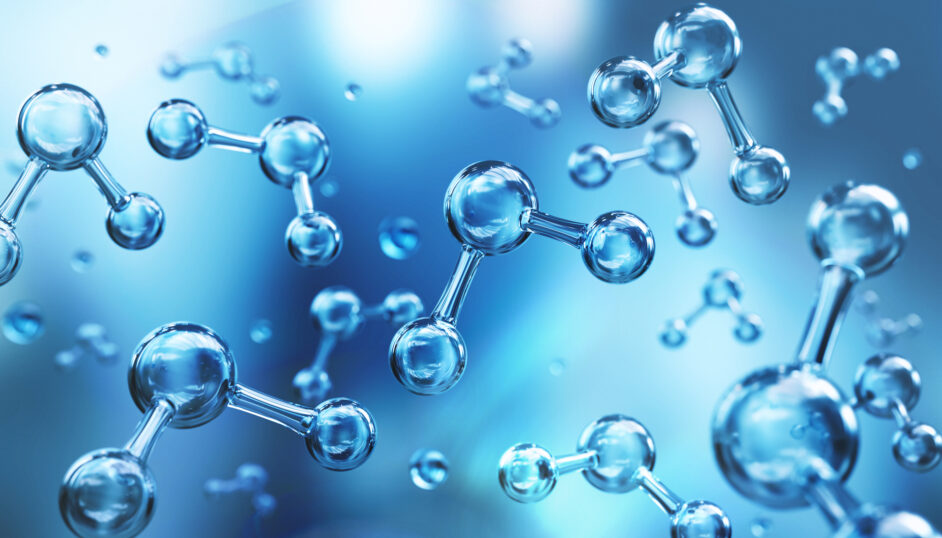Water filtration and purification has come a long way in recent years. New advancements in technology offer a range of options for the typical homeowner, from simple filtration to sophisticated purification systems. Because natural tap water can contain heavy metals and other pollutants, it’s important to find a system that works well with the particular contamination concerns in your area.
Learn more about the latest advances in water purification and how these innovations impact your drinking water.
Reverse Osmosis Purification
Reverse osmosis purification is the most popular purification method for household water. This system uses membrane technology to filter salt, impurities, heavy metals and pathogens from your water, using a semi-permeable membrane. The membrane has small pores that allow only water to pass through, leaving virtually all contaminants behind.
Reverse osmosis purification can alter the taste of water and remove essential minerals that occur naturally, however. Because of this, it’s important to learn more about the condition and hardness of your area’s water to decide if this is right for you.
Ultra-Filtration Purification
Ultra-filtration purification, or UF purification, is similar to reverse osmosis, but it uses larger pores in the membrane for filtration. UF membranes remove all pathogens and other colloidal particles, but it leaves solids and salts behind. This is an effective system for ensuring all harmful bacteria or other contaminants are removed from the water.
UF purification systems are recommended for homes with water that’s soft and contains very few total dissolved solids.
Ultraviolet Purification
Ultraviolet purification, or UV purification, is a method that uses ultraviolet light to destroy bacteria, microbes and pathogens from your drinking water. This is a simple process that’s proven to kill 99.99 percent of harmful pathogens in the water. It uses a tiny mercury lamp within the purifier to send short-wave UV radiation, which irradiates the pathogens and inhibits their ability to reproduce. Over time, these pathogens die off.
UV purification is incredibly effective, but is usually used alongside another powerful purification system that’s designed to remove total dissolved solids.
Candle Filter Purification
Candle filter purification is a basic system that uses tiny pores to remove large contaminants in the water. It requires no electricity to operate, which makes it a popular choice for those conscious of energy usage.
Because of the pore size, however, candle filter purification isn’t suitable for removing microscopic pathogens from the water and should be combined with a system like UV filtration.
Carbon Filter Purification
Carbon filter purification uses activated carbon filters to purify the water and remove chemicals and other impurities. Like candle filter purification, carbon filters require no electricity for operation.
Carbon filter purification can alter the taste and smell of water and isn’t effective for removing microscopic pathogens, so it needs to be combined with another system for truly clean drinking water.
Learn More at EcoWater Systems
Choosing a water purification system largely depends on the water in your area and what contaminants are of most concern. There are plenty of purification and filtration systems available, so if you’d like to learn more about which is the best choice for your home’s drinking water, call EcoWater Systems. As industry leaders in water filtration and water purification systems, we’ll be happy to come up with a solution tailored to your unique situation.
Contact us today to learn more about our filtration and purification systems!

